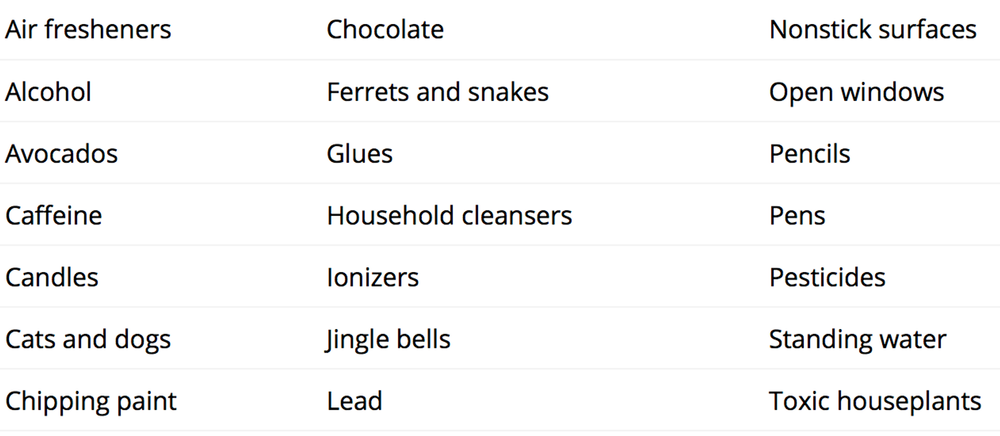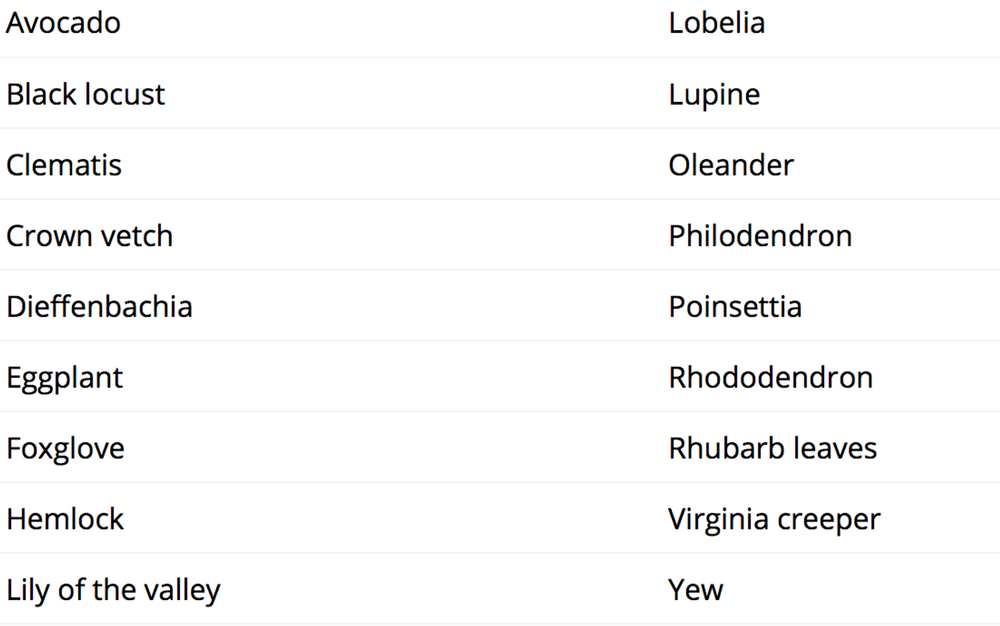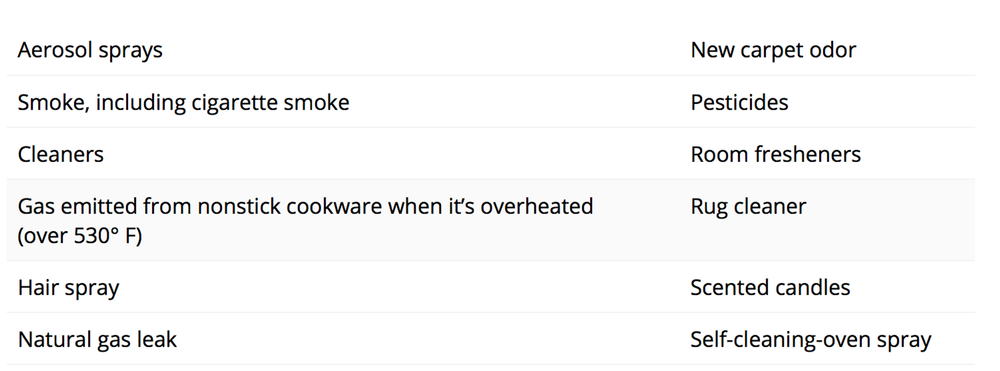
Deposits/Payment FAQS
- How can a customer put a deposit on a bird?
We use different payment methods in order to make reservations depending on which you are familiar with. To instantly reserve your baby. Please contact us when you’re ready to put down a deposit on a bird. To put down a deposit, we’ll need the information associated with the chosen payment method account. Once a customer places a reservation with us, the baby you want will be reserved. If you don’t have any payment methods available, please email us and we can work on a different payment option. All deposits are non-refundable & non-transferable.
- Does my deposit count towards my total amount due?
Yes, and the remaining balance is due when you are ready to get the baby home. - How much deposit do we require?
We usually require a deposit of ($100-$600) depending on the type of bird. Description of the bird you’re interested in will also indicate how much deposit is required for that specific bird. - What forms of payments do we accept?
We accept cash, Zelle, PayPal, Cash app, Chime, Venmo or Credit card. Please click on our “Terms and Conditions” tab to read more detailed information on payments. - When is the full amount due after the deposit?
- The remaining balance will be due two weeks before the pickup or shipping date. For local pick-ups, please bring cash and you can pick up your bird the same day. If your baby bird is being shipped to you, please pay the full amount in advance before your baby leaves our aviary.
LOCAL VISITS
- How can I set up an appointment?
Our store is open by appointment only. Please email us to set up an appointment. Same-day appointments are mostly not available so please give us a 24hr notice before you would like to stop by. - What do I need to bring on the day of pickup?
Please bring cash upon pick up. Please bring a travel curier as well as we only provide curies to customers who accept delivery. Make sure your baby bird gets home safe and sound. - Can I come to visit the bird that I left a deposit on?
Yes, we allow you to come to visit your bird after it’s fully feathered. Please make sure to set an appointment in advance. - How long are the appointments?
Appointments are only 30 minutes long. We will be prepared with your paperwork and ready to answer all of your questions. If you’re more than 15 mins late, you will have to reschedule your appointment for another day. - Where do I go to visit or pick up our bird?
Once you set up an appointment with us, we will give you our address to stop by our store. We do not allow visits without appointments. - What paperwork is provided with my bird?
We provide our customers with a manila folder that has an avian veterinarian health certificate, disease testing lab report, bird care (Tips and Advice), favorites fruits/veggies list, and a hatch certificate. - Do we sell bird food, treats, birds play stands, and cages?
Yes, we have all the food bags, treats, tree stands, toys, and cages in stock at all times. You can purchase those from us. - Do we allow visitors to tour our aviary?
We do not allow visitors to tour our aviary. This is for security against theft and isolation of our flock to control disease and infection from other birds and animal keepers. You can set up an appointment with us to visit the baby bird(s) of your choice at our store. Our store is open by appointment only.
- Bringing your new bird home…. (Settling in)
This is extremely important in the first 2 days. When you get home, put your bird in the cage and let him/her be. He/She needs time to adjust to his/her surroundings. No matter how cute he/she is, how much you want to show him/her off, or how much the kids want to have him/her perch on their fingers, let your bird be.
Give him/her a day of peace to adjust. Offer him/her water, fruits/veggies along with pellets/seed mix as soon you get home.
* Moustaki, N. (2005). Parrots for dummies. Indianapolis, IN: Wiley Pub.
TIPS/HELPFUL FAQS
HARNESS TRAINING FAQS
- Do we sell bird harnesses?
Yes, we sell bird harnesses. - Do we offer harness training on our birds?
Yes, we offer harness training on specific birds. Please call or email us if you would like for us to harness train your bird. - How much is harness training?
Prices vary depending on each bird species and their size/age. Please contact us for details! - Does harness training include a bird harness when I receive my bird?
No, a bird harness is not included in harness training. We sell bird harnesses for $55 each. - What is some benefit of harness training?
Your parrot can go outdoors and enjoy a change of environment in safety. Your bird will provide excellent company on outings. Your bird will actively enjoy meeting new people and be more socialized. Your bird will get fresh sunlight which is great for their feathers.
DNA/Sexing FAQS
- How do I know the gender of my bird?
On most birds, only blood testing can say for certain whether your bird is a male or female. DNA sexing: $40 per bird.
Bird Boarding FAQS
- Do we take birds in for boarding?
yes, we do take in any bird(s) for boarding. We appreciate you trusting us with your baby. However, we have a strict policy put in place to protect our flock/babies from bird disease/infection from other birds and animal keepers. Therefore, we do a thorough scan/test to make sure your bird is fit and healthy to be amongst our flock so we require the most recent of et records (2 days old) in order to allow any birds to come into our aviary. If your bird doesn’t meet these standards, we advise you check any local pet shops or bird hospitals may have some boarding options.
OTHER FAQS
Bathing Your Parrot – Simple and Safely!
Most parrots love to bathe, which softens dirt on the feathers and skin and encourages preening. If you bathe your parrot regularly, you will notice that his feathers will begin to become waterproof due to his preening duties. Bathing is important for parrots, whose skin can become dry and itchy, leading to plucking. It’s also important that any pollutants be removed from the bird’s feathers so that it doesn’t ingest any toxic stuff while preening.
Bird bathing tips
- In warm weather, or when you can provide enough warmth after a bath, you can mist your parrot with a handheld spray bottle.
- Try misting above the bird so that the water simulates a rain shower.
- In the summer, you can completely soak your parrot to the skin a couple of times a week. This is very good for your bird.
- In very cool weather, keep bathing to a minimum unless you can offer heat after the bath. A bird lamp will do.
- Bathe only in the daytime hours — a bird that goes to bed wet can catch a chill and will be uncomfortable.
- Don’t blow-dry your parrot. Some blow-dryers contain nonstick coating on the heating coils, which can be deadly to your bird.
Moustaki, N. (2005). Parrots for dummies. Indianapolis, IN: Wiley Pub.
- Potty Training Your Bird
With patience and consistency, you can teach your bird to relieve himself/herself on command, in a place of your choosing. Young birds seem to pick up the skill most quickly and reliably, but you can teach an older bird new tricks, too.
Start by observing your bird — the times of day he/she is most likely to relieve himself/herself and the body language he/she uses just before, such as tail wagging or stepping back. Pick your desired command — “Go potty” or “Hurry up” will do, as will anything, just as long as you’re consistent.
When you see your bird getting ready to go or you know it’s the usual time he/she does (such as first thing in the morning), ask him/her onto your hand (or finger, if he/she is a small bird) and hold him/her over a wastebasket, newspaper, toilet, or other “poop zone”. Give your potty command and praise him/her when he/she obeys — even though the response is just a coincidence at first, of course. Praise and stroking are the rewards for correct behavior.
* Moustaki, N. (2005). Parrots for dummies. Indianapolis, IN: Wiley Pub.
- When to Clip Your Parrot’s Wing Feathers…
When you first get your parrot, you need to clip his/her wings for their safety and your good relationship. You’ll develop the closest relationship with your bird if he/she is easy for you to control and if they need you. With clipped wings, your bird needs your help to get off the floor and up to safer heights. He/she also needs you to go from room to room. When he/she needs to go somewhere, you’re the one who can get him/her there. He/she just has to figure out how to ask. That fosters trust and communication, especially when both of you are successfully getting your points across.
We trim your parrot’s nails and wings prior to him/her going to its forever home. Each one of our babies is allowed to fledge naturally and fly repeatedly prior to receiving their first wing trimming. If a customer prefers to not have their birds’ wings trimmed, they must let us know at the time of leaving a non-refundable deposit.
* Moustaki, N. (2005). Parrots for dummies. Indianapolis, IN: Wiley Pub.
- Items to Keep Your Parrot Away From…
Your parrot is a curious bird, but too much curiosity about the wrong things can be harmful to your feathered friends.
The following list contains foods, household items, and other creatures to keep away from your parrot and your parrot away from:

- Plants Poisonous to Your Bird (Below):

* Moustaki, N. (2005). Parrots for dummies. Indianapolis, IN: Wiley Pub.
- Substances Harmful to Your Bird (Below):
Many of the cosmetics and cleaning products you use without thinking can be very harmful to your bird. Being small creatures, birds are sensitive to even minute toxins in the air, so never expose your pet to any of the following substances:
OTHER FAQS
Bathing Your Parrot – Simple and Safely!
Most parrots love to bathe, which softens dirt on the feathers and skin and encourages preening. If you bathe your parrot regularly, you will notice that his feathers will begin to become waterproof due to his preening duties. Bathing is important for parrots, whose skin can become dry and itchy, leading to plucking. It’s also important that any pollutants be removed from the bird’s feathers so that it doesn’t ingest any toxic stuff while preening.
Bird bathing tips
- In warm weather, or when you can provide enough warmth after a bath, you can mist your parrot with a handheld spray bottle.
- Try misting above the bird so that the water simulates a rain shower.
- In the summer, you can completely soak your parrot to the skin a couple of times a week. This is very good for your bird.
- In very cool weather, keep bathing to a minimum unless you can offer heat after the bath. A bird lamp will do.
- Bathe only in the daytime hours — a bird that goes to bed wet can catch a chill and will be uncomfortable.
- Don’t blow-dry your parrot. Some blow-dryers contain nonstick coating on the heating coils, which can be deadly to your bird.
Moustaki, N. (2005). Parrots for dummies. Indianapolis, IN: Wiley Pub.
- Potty Training Your Bird
With patience and consistency, you can teach your bird to relieve himself/herself on command, in a place of your choosing. Young birds seem to pick up the skill most quickly and reliably, but you can teach an older bird new tricks, too.
Start by observing your bird — the times of day he/she is most likely to relieve himself/herself and the body language he/she uses just before, such as tail wagging or stepping back. Pick your desired command — “Go potty” or “Hurry up” will do, as will anything, just as long as you’re consistent.
When you see your bird getting ready to go or you know it’s the usual time he/she does (such as first thing in the morning), ask him/her onto your hand (or finger, if he/she is a small bird) and hold him/her over a wastebasket, newspaper, toilet, or other “poop zone”. Give your potty command and praise him/her when he/she obeys — even though the response is just a coincidence at first, of course. Praise and stroking are the rewards for correct behavior.
* Moustaki, N. (2005). Parrots for dummies. Indianapolis, IN: Wiley Pub.
- When to Clip Your Parrot’s Wing Feathers…
When you first get your parrot, you need to clip his/her wings for their safety and your good relationship. You’ll develop the closest relationship with your bird if he/she is easy for you to control and if they need you. With clipped wings, your bird needs your help to get off the floor and up to safer heights. He/she also needs you to go from room to room. When he/she needs to go somewhere, you’re the one who can get him/her there. He/she just has to figure out how to ask. That fosters trust and communication, especially when both of you are successfully getting your points across.
We trim your parrot’s nails and wings prior to him/her going to its forever home. Each one of our babies is allowed to fledge naturally and fly repeatedly prior to receiving their first wing trimming. If a customer prefers to not have their birds’ wings trimmed, they must let us know at the time of leaving a non-refundable deposit.
* Moustaki, N. (2005). Parrots for dummies. Indianapolis, IN: Wiley Pub.
- Items to Keep Your Parrot Away From…
Your parrot is a curious bird, but too much curiosity about the wrong things can be harmful to your feathered friends.
The following list contains foods, household items, and other creatures to keep away from your parrot and your parrot away from:

Moustaki, N. (2005). Parrots for dummies. Indianapolis, IN: Wiley Pub.
- How to Teach a Child to Behave Around a New Parrot?
Incorporating a parrot into your family takes some adjustment from everyone, especially children. The tips in the following list can help your child — and anyone who isn’t familiar with birds — adjust to the newest, most feathered member of the family: - Use inside voices, but don’t whisper.
- Talk to your new parrot. Get it used to the sound of your voice.
- Don’t play with the bird too much in the first few days. Allow the bird to become acclimated.
- Move slowly. Children tend to display sharp, quick movements which can scare parrots.
- Be gentle. Never squeeze, hit, or throw the bird. Use slow, gentle movements.
- Be compassionate and understanding. Teach your child that the bird is not a toy.
- Teach your child not to be afraid of the bird. Fear will lead to an ignored and unhappy companion.
- Don’t stick your fingers in the cage or tease the bird.
- If the bird is afraid, it’s not personal. He’s just being a bird.
- Offer the bird yummy treats to make friends with it.
Moustaki, N. (2005). Parrots for dummies. Indianapolis, IN: Wiley Pub.
- Signs of a Healthy Pet Bird…
Too often, bird-owners fail to notice early clues of illness because their pets are particularly skilled at hiding these signs. You need to know what’s normal for your bird so that you can spot changes that mean illness — and call your veterinarian.
A healthy bird: - Behaves normally, perching without problems, moving with coordination, using the full body without favoring one side or the other.
- Bears weight evenly, all four toes present on each foot and in proper position.
- Is alert and responsive.
- Breathes easily, with no sign of laboring or tail-bobbing.
- Has eyes, ears, and nostrils that are free of debris.
- Has healthy plumage.
- Consistently produces droppings that are normal in appearance.
- Has well-muscled body.
Moustaki, N. (2005). Parrots for dummies. Indianapolis, IN: Wiley Pub.
